Do you hate going to the gym, but you still want to get some cardio exercises to keep yourself healthy? If yes, then from the comfort of your living room, you can easily maintain excellent health and a great body by having a recumbent bike. This type of exercise bike is designed to take minimal space compared to a treadmill machine.
This cardiovascular machine works by improving your full body physique thanks to its unique design. So, if you feel like riding a bike is a daunting activity for you, then you should try a recumbent bike. It is a comfy, sturdy and result-driven machine that will solve all your cardio exercises problem.
Be ready to power your body today through each stroke of the pedal by knowing the muscle group that you can target using a recumbent bike. But before we do that, do you know what is a recumbent bike is?
What is a recumbent bike?
Recumbent bike/machine is a type of stationary bike that provides the option for low-impact cardiovascular activity. But there are two types of stationary bikes, the upright and recumbent. So, what is the difference between a recumbent bike and upright bike? Do you know? If not, let me clear the fuss for you. As you may have noticed at the gym that there are different pieces of workout equipment (bikes). And for your information there are three types of exercise bikes:
- Treadmill
- Rower exercise bike
- stationary bike – (which consist if, upright and recumbent).
Therefore, the table below highlights the difference between upright and recumbent bike:
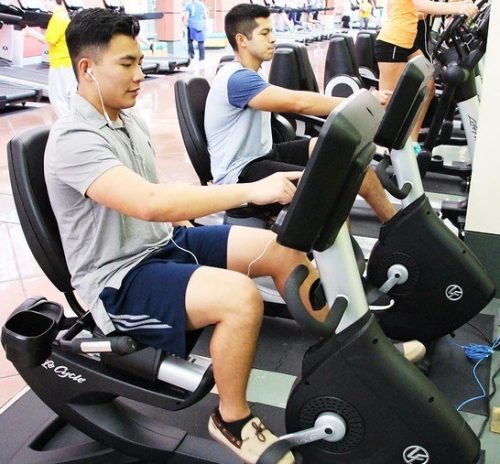
| Recumbent bike | Upright bike |
|---|---|
| The seat is more comfortable similar to office chai. | Has a small seat identical to a traditional bicycle. |
| Eliminates upper body soreness and reduces body fatigues due to its natural inclined position | Slight bent while sitting thus not suitable for people with a back problem. |
| Reclined body position when the rider sits on it. | Riders body sits above the bike. |
That said, lets now learn what muscles does a recumbent bike work in your body?
What muscles does a recumbent bike work in your body?
Recumbent bike works what muscles? This is one of the common questions that most people using or planning to use recumbent bike ask themselves. As a matter of fact, there are multiple muscles that you can target when using recumbent bike regardless of it being a piece of aerobic equipment. When you explore different settings, then you can work on either your upper or lower body as well as your core. So, let’s see a group of muscles targeted by recumbent machine and how to target them.
Quads, Glutes and Hamstrings
A quadriceps are a group of four muscles located in front of your thighs. These group of muscles works as knee extensors. Therefore, the way to target these muscles while using a recumbent bike is through pedals pushing. Practically –at the top of the pedalling motion, you always tend to push pedals, and this is how gauds get worked on. The adductors –which are small muscles located on the inner side of quads also gets worked on during the same motion.
The glutes or gluteus muscles are also a major group of muscles that make up your butt. These, group of muscles get involved during the motion and specifically when your thighs are behind your body. At this point, your leg extends, and this results in a motion referred to as extension motion.
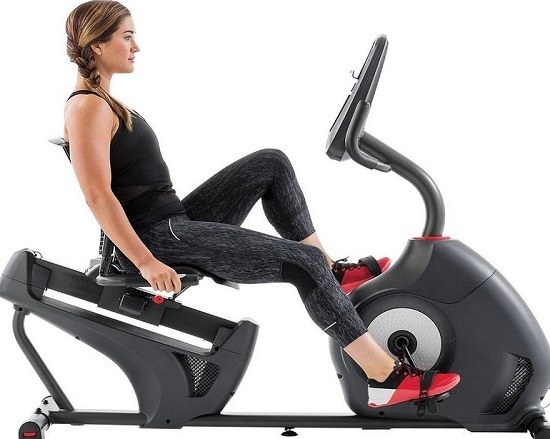
The Hamstrings involves a group of muscles located on the upper backside of your thighs. These are opposing muscles to gauds, and their function is to flex the knee. And so, the way these muscles get involved while on a recumbent bike is when your legs are in straight position then you start bending or pulling it while pedalling. So, when you’re drawing your foot back to the top of the pedalling, hamstring muscles are active.
Lower Leg Muscles
Below the knees at the lower back of your legs is where calves muscles are. Calves consist of two muscles, the soleus and gastrocnemius. The gastrocnemius is the larger of the two muscles and located above soleus muscle. These muscles get involved during a motion called plantar flexion. This is a time when your foot goes around and your point your toes downwards.
The tibialis is another group of muscles that is part of lower leg muscles. These muscles work in an opposing way to the calves muscles and located in the front of the shin. During pedalling, they get worked when your toes pull towards your body, which means tibialis, glutes and hamstring tend to complement each other during the same motion.
The Arm Muscles
Not all recumbent bikes have arm cranks, but most of the recent ones come with arm cranks. These mean you can now successfully work out your upper body which involves arms, shoulders and chest on a recumbent bike. Arm cranks majorly utilize the upper extremity muscles; thus, when you squeeze the handle, your forearm muscles are worked. This constant engagement works in a way that triceps push the handles away from your body while biceps help to pulls it towards your body.
During this process, your shoulder muscles get involved. These include the anterior deltoid and pectoralis muscles. And while pushing the arm crank forward the posterior deltoid and latissimus dorsi muscles located on your shoulders are also involved.
Final Thought
One significant advantage of a recumbent bike is that it is designed to suit people of various fitness levels. It is a readily available and affordable exercise bike. It’s price ranges from the cheaper (i.e. Exerpeutic 900XL) to the more expensive (i.e. Sole Fitness LCR Light Commercial); thus, making it available to everyone.
The recumbent bike is one of the most common exercise bikes in fitness centres, gyms, and other similar health clubs. This is due to its exceptional effectiveness in weight loss management. So if you are looking for an exercise bike that encourages rapid through safe weight loss as well as overall coordination of your body, then recumbent is the right choice for you.
The bottom line is: recumbent is beneficial only if you use it according to your fitness level. As a result, you should choose which option best fits your needs. And if you are not sure of your fitness level, then be sure to consult your doctor. Otherwise, set achievable goals and improve our healthy lifestyle for today and the future.
Resources : Difference Between Bikes

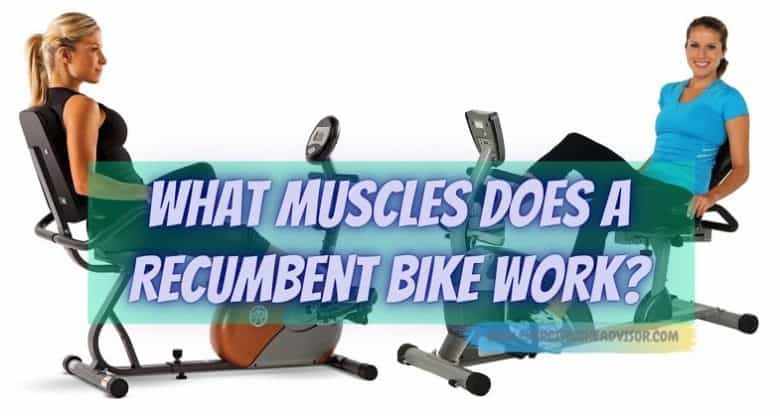
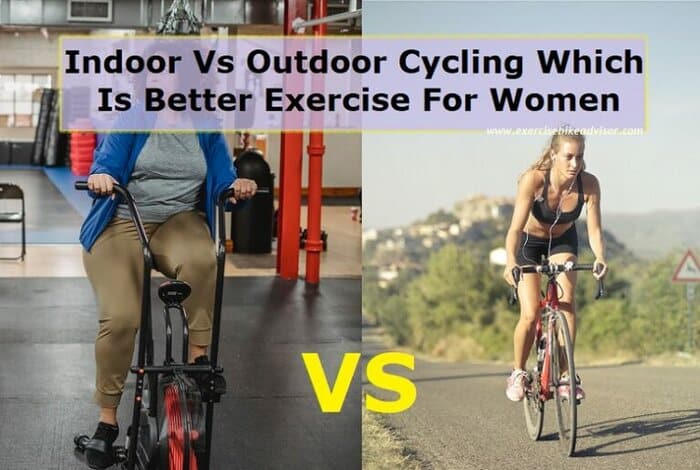
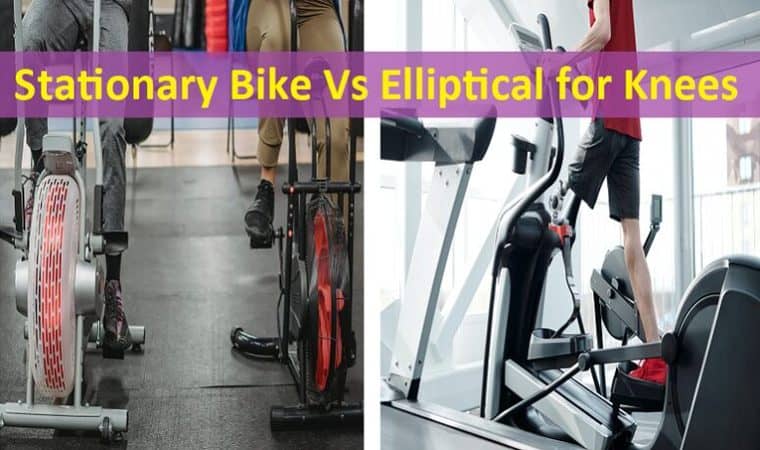

Great site, how do u get all this info?I have read through a few articles on your website and I really like your writing style. Thanks a million, keep up the great work.
Thanks